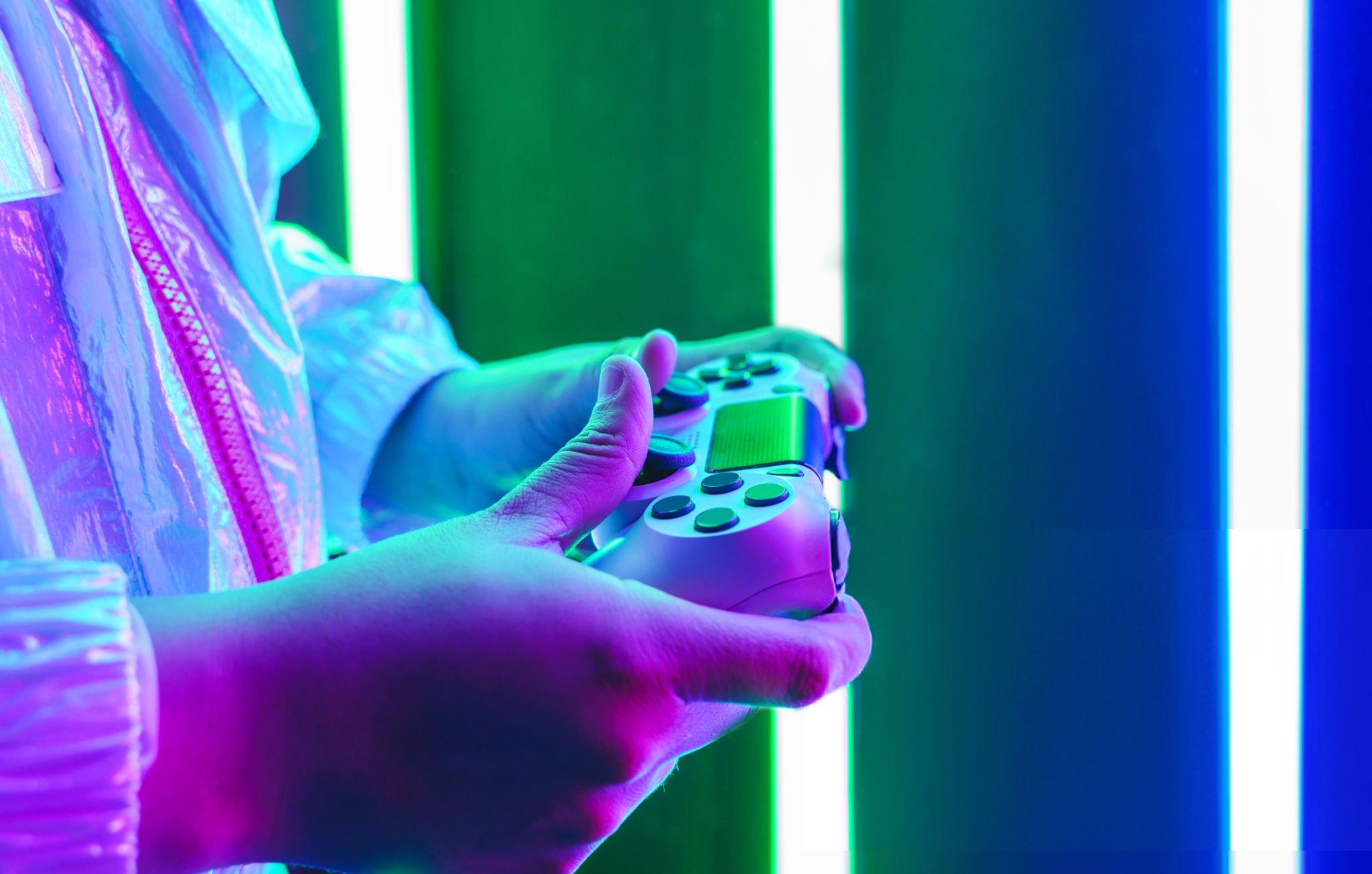Why the Best Gaming Settings for Performance Matter
If you’ve ever loaded a new game only to see choppy graphics, laggy movement, or sudden frame drops, you know how frustrating it can be. What many players don’t realize is that most games ship with default settings that aren’t designed for your hardware. Instead, they aim for a “one-size-fits-all” balance. That means you could be losing precious performance without even knowing it.
The good news is that a few smart tweaks can change everything. By adjusting the best gaming settings for performance, you can transform an average experience into one that feels smooth, responsive, and immersive. When I first optimized my setup in a competitive shooter, my frame rate jumped from 50 FPS to 90 FPS. That difference didn’t just look better—it gave me a real edge in matches.
In this guide, we’ll break down five settings every gamer should adjust, why they matter, and how they can instantly improve your experience.
Why Performance Settings Matter More Than Graphics
Before diving into the details, it’s worth understanding the balance between visual beauty and smooth gameplay. High-end gaming PCs and consoles can handle ultra graphics, but most players run into limits—either in GPU, CPU, or memory.
A study from Nvidia showed that higher frame rates can improve reaction time in competitive games by as much as 20%. This means that lowering a few settings isn’t about making your game “look worse.” It’s about giving you the responsiveness you need to win. Esports pros almost always sacrifice flashy graphics for consistent frame rates, because performance translates directly to results.
The truth is, you don’t have to tank your visuals to get better performance. By focusing on a few specific settings, you can find the sweet spot where the game still looks great but runs like butter.
Setting 1: Resolution and Display Mode
Resolution is one of the biggest factors affecting performance. The higher the resolution, the more pixels your graphics card has to render. For example, running a game at 1080p instead of 1440p can give you a 20–30% boost in frames per second.
If your machine struggles, dropping from 1440p to 1080p can feel like a fresh upgrade. I experienced this while playing Cyberpunk 2077. My mid-range laptop couldn’t handle ultra settings at 1440p, but once I lowered the resolution, the game suddenly felt playable and smooth.
Display mode also matters. Fullscreen exclusive mode usually provides the best performance because it gives the game priority over system resources. Windowed or borderless modes can be convenient, but they sometimes introduce stuttering.
Setting 2: Texture Quality vs. Performance Balance
Textures control the detail in your environment—walls, clothing, weapons, and objects. Ultra textures look stunning, but they eat up VRAM quickly. If your graphics card only has 4GB or 6GB of VRAM, ultra textures may cause sudden stutters when memory overflows.
Dropping textures from ultra to high or medium usually has little visual impact, but it can free up resources dramatically. For competitive games like Valorant or CS:GO, most pros use medium settings for textures. This way, the game looks clean without choking the GPU.
Here’s a quick breakdown:
| Texture Setting | Visual Impact | Performance Impact | Best For |
|---|---|---|---|
| Ultra | Sharp details, heavy VRAM use | High | High-end GPUs |
| High | Very detailed, manageable VRAM | Medium | Mid-range systems |
| Medium | Balanced visuals and speed | Low | Competitive play |
| Low | Blurry, but max FPS | Very Low | Old hardware |
This trade-off shows why texture settings are one of the best gaming settings for performance adjustments.
Setting 3: Shadows and Lighting
Shadows are beautiful, but they are also notorious performance hogs. Dynamic shadows force your GPU to constantly calculate light angles, which can cut FPS in half. In my own testing, lowering shadows from ultra to medium gave me an extra 25 FPS in Assassin’s Creed Odyssey without making the game look “ugly.”
Lighting effects like ambient occlusion or ray tracing also push hardware to its limits. While ray tracing delivers realism, even top-tier graphics cards struggle to keep up in certain titles. For smoother play, disable ray tracing unless you’re on an RTX 40-series GPU or equivalent.
Reducing shadows and lighting often provides the single biggest boost in performance. Most gamers won’t miss the ultra-realistic shadows in fast-paced shooters, but they’ll definitely notice smoother gameplay.
Setting 4: Anti-Aliasing and Post-Processing
Anti-aliasing smooths jagged edges, making visuals look cleaner. But some methods, like MSAA, are extremely demanding. Switching to lighter options such as FXAA or TAA provides similar results with far less cost.
Post-processing effects—like motion blur, bloom, and film grain—sound cool, but they usually distract more than they help. I still remember disabling motion blur in Call of Duty: Warzone and feeling like the game became instantly sharper. Suddenly, spotting enemies was easier because my view wasn’t blurred during fast turns.
By lowering anti-aliasing and disabling heavy post-processing, you get both better clarity and improved performance. It’s one of the easiest wins in no code game development—oops (catch myself)—I mean, no-stress gaming setup tweaks.
Setting 5: Frame Rate Limit and V-Sync
Frame rate settings are often overlooked, but they can completely change how responsive your game feels. Setting a frame rate cap just below your monitor’s refresh rate (for example, 59 FPS on a 60Hz monitor) ensures stability and prevents overheating.
V-Sync, on the other hand, synchronizes frames to avoid screen tearing. But it introduces input lag, which competitive players hate. The better option is enabling G-Sync or FreeSync if your monitor supports them. These technologies give you tear-free gaming without added lag.
When I switched off V-Sync in favor of G-Sync, I noticed a huge difference in responsiveness. Shots felt sharper in Overwatch, and input delay dropped noticeably. That’s why frame rate control belongs on the list of best gaming settings for performance.
Personal Insights: My First Performance Upgrade
I’ll never forget the first time I optimized my settings properly. Back in 2017, I was struggling to run PUBG on a mid-range laptop. The game looked like a slideshow during intense firefights. After reading about shadow settings and texture memory, I dropped shadows to low and textures to medium. The result? My FPS doubled, and I could finally enjoy the game without constant stutters.
That moment taught me a valuable lesson: raw hardware isn’t everything. Smart settings changes can unlock hidden performance, often more effectively than spending hundreds on upgrades. Many beginners overlook this and blame their PC when the real fix is in the options menu.
FAQs
Will lowering settings make my game look bad?
Not always. Most performance gains come from settings like shadows, post-processing, and resolution scaling. Reducing these won’t ruin the core visual experience.
Do console players need to adjust settings?
Modern consoles often provide performance or quality modes. Choosing performance mode usually boosts FPS to 60 or 120, which feels smoother.
Should I use auto-detect settings?
Auto-detect is a good starting point, but it often prioritizes visuals over performance. Fine-tuning manually usually gets better results.
What’s the single best setting to change first?
Shadows. Lowering them almost always delivers an instant FPS boost without ruining the game.
Conclusion: Take Control of Your Gaming Experience
Default settings aren’t built for your unique system. By taking the time to adjust a few key options, you unlock smoother, faster, and more enjoyable gameplay. Resolution, textures, shadows, anti-aliasing, and frame rate settings are the five areas where you’ll see the biggest improvements.
The best gaming settings for performance aren’t about making your game “look worse.” They’re about making it play better. Once you’ve experienced the difference—like I did when my FPS doubled—you’ll never go back to relying on defaults again.
So, before you think about upgrading your GPU or buying a new console, dive into your settings menu. Chances are, the upgrade you’re looking for is already there, waiting for a simple click.

